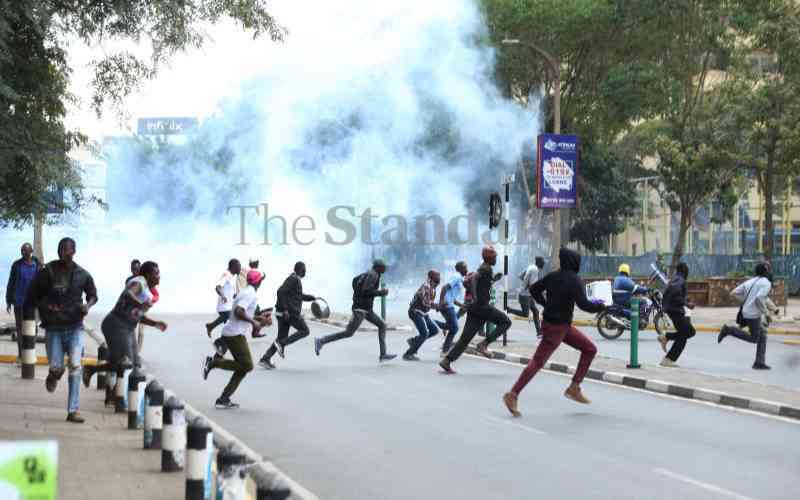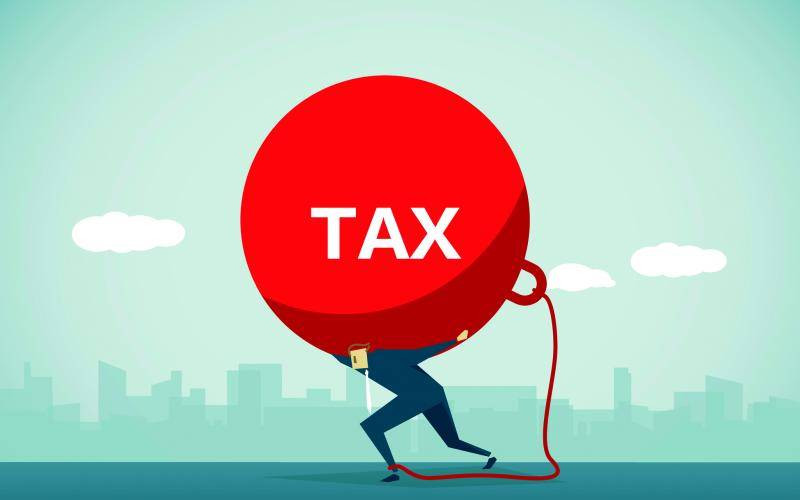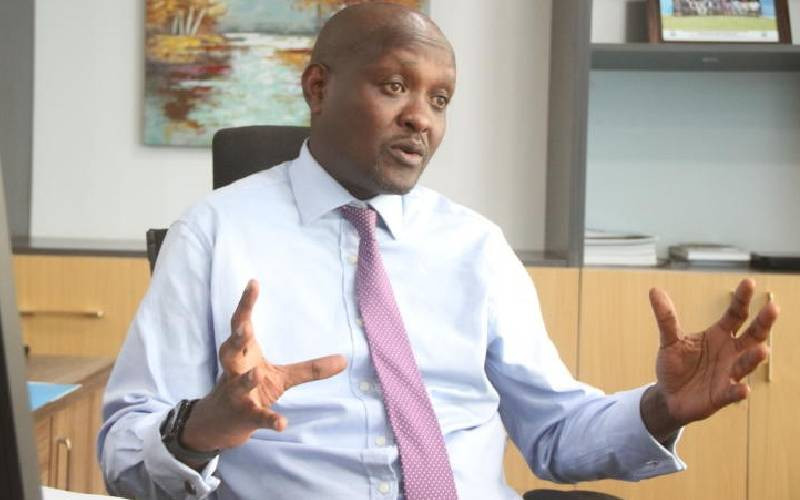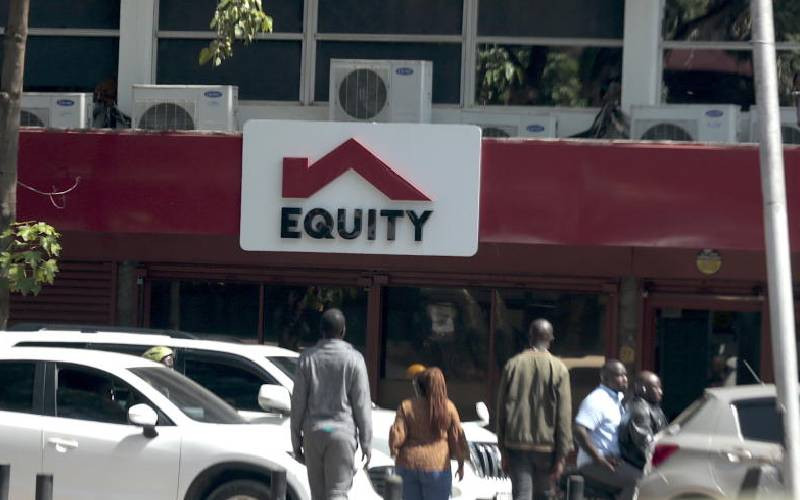
Both Azimio la Umoja and the National Police Service lost control of Monday's protests against the cost of living, the last General Election and misgovernance. Blame games aside, and two days away from the second episode in the new season of maandamanos, what could protestors and police do differently to avoid a violent sequel?
Cat and mouse chases, arrests, gunshots, and tear-gas, left one university student dead, ten civilians and police-officers injured, 238 people arrested and property worth millions looted or destroyed across five counties. While most have concentrated on the day itself, critical mistakes were made days before. Mixed Interior Ministry and police messages whether the protest would be permitted, arrests of Kenya University Students Organisation leaders and anxiety among Azimio leaders of pre-emptive arrests set the scene for chaos. Azimio's choice of venue denied, demonstration routes blocked, and the leadership arrested, made confusion and confrontation inevitable.







